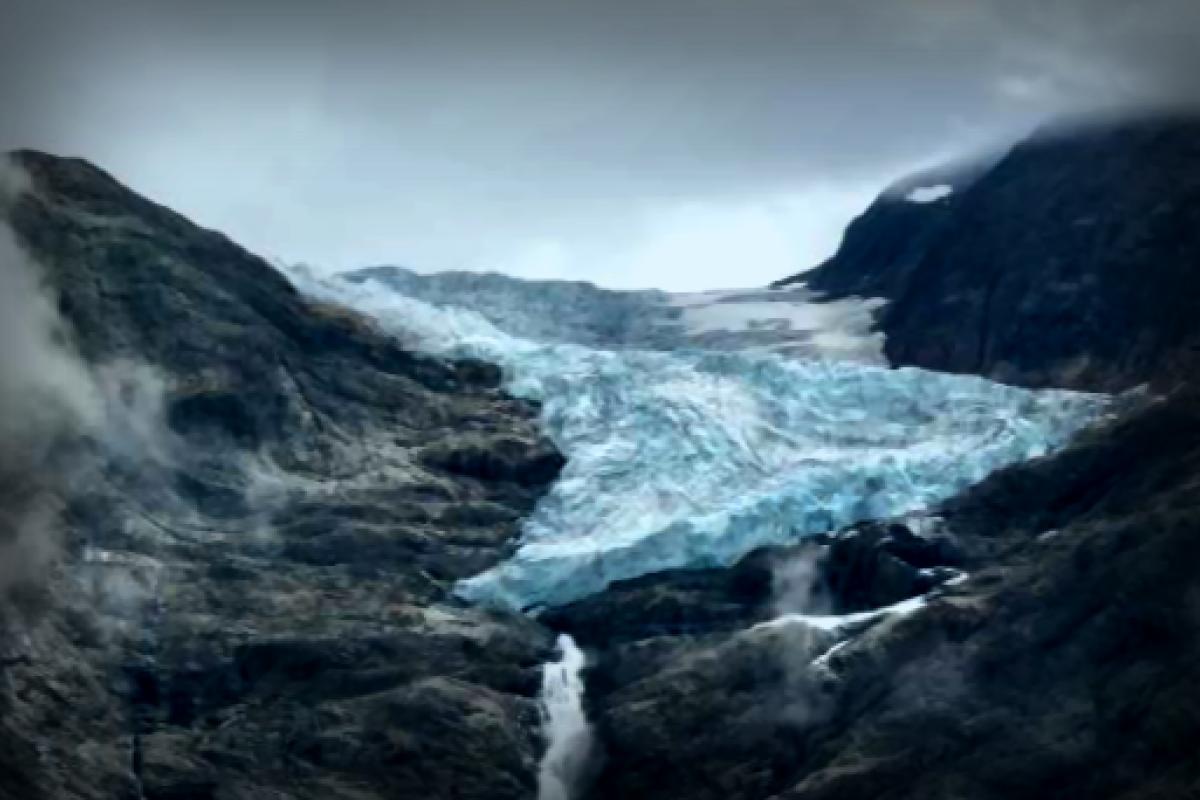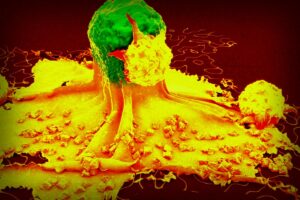Ice loss from glaciers around the world continues to escalate, with the latest findings emerging from Switzerland. Here, scientists have reported a significant decrease in ice mass, sparking increased concern.
What’s the Story?
A team from the GLAMOS monitoring network and the Swiss Academy of Sciences revealed that within this year alone, Swiss glaciers have lost about 3% of their total volume.
According to ABC News, this loss amounts to a quarter of Switzerland’s glacier mass disappearing over the past ten years, a region known for being home to more glaciers than any other in Europe.
Scientists commented, “The glacial melting in Switzerland reached alarming levels once again in 2025. Factors such as low snowfall during winter coupled with heatwaves in June and August have contributed to a 3% reduction in glacier volume this year.”
This year marks the fourth largest ice reduction on record, only behind 2003, 2022, and 2023.
Why Should We Care About Melting Glaciers?
More than 1,000 smaller glaciers in Switzerland have already disappeared, creating significant repercussions not just for landscapes, but for tourism, hydropower, and agriculture across Europe.
The root cause of this worrying trend is linked directly to the rise in global temperatures, a phenomenon that is largely fueled by pollution resulting from human activities.
According to GLAMOS leader Matthias Huss, “The retreat of glaciers is unmistakably linked to anthropogenic global warming. This notably explains the accelerated disparity we’ve observed over the last couple of years.”
In a broader context, the last decade has been characterized as the warmest period on record. Switzerland experienced its second-hottest June this year. A lack of snow cover from the preceding winter led to glaciers melting earlier than they typically should.
This issue isn’t isolated to Switzerland alone. Recent data shows that glaciers in North America have lost nearly 12% of their total volume since 2020, and they are currently melting at twice the rate of the previous decade.
What Can We Do to Help Glaciers?
Addressing the rapid melting of glaciers ultimately hinges on our ability to curb pollution and halt the rise in global temperatures.
This requires a united effort globally — from large-scale governmental actions like the Paris Agreement to individual lifestyle changes.
While it might seem overwhelming, there are manageable steps we can take to contribute positively. For example, utilizing reusable grocery bags and glass containers can significantly cut down on plastic usage. Additionally, opting to walk or bike instead of driving can reduce harmful emissions that contribute to climate change.
Every bit of effort will aid in making our planet cooler and healthier.

Subscribe to our free newsletter for uplifting news and valuable tips, and explore this list of easy actions you can take for a healthier planet.
Scientists Sound Alarm Over Massive Glacier Melting: Key Driver of Acceleration first appeared on The Cool Down.





















